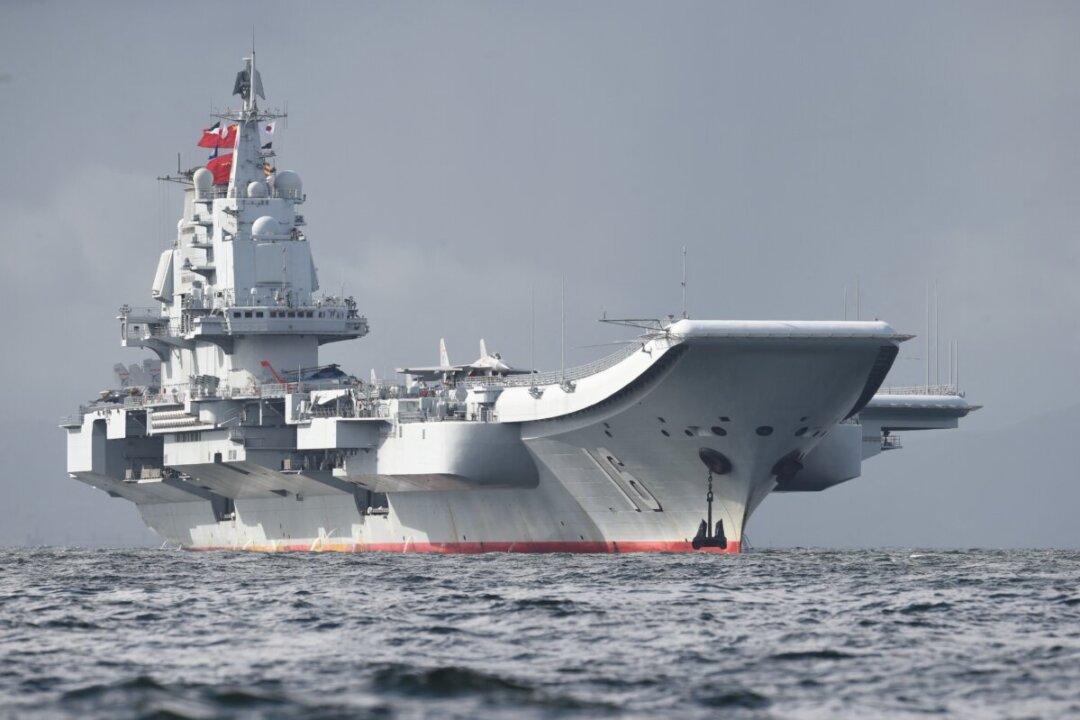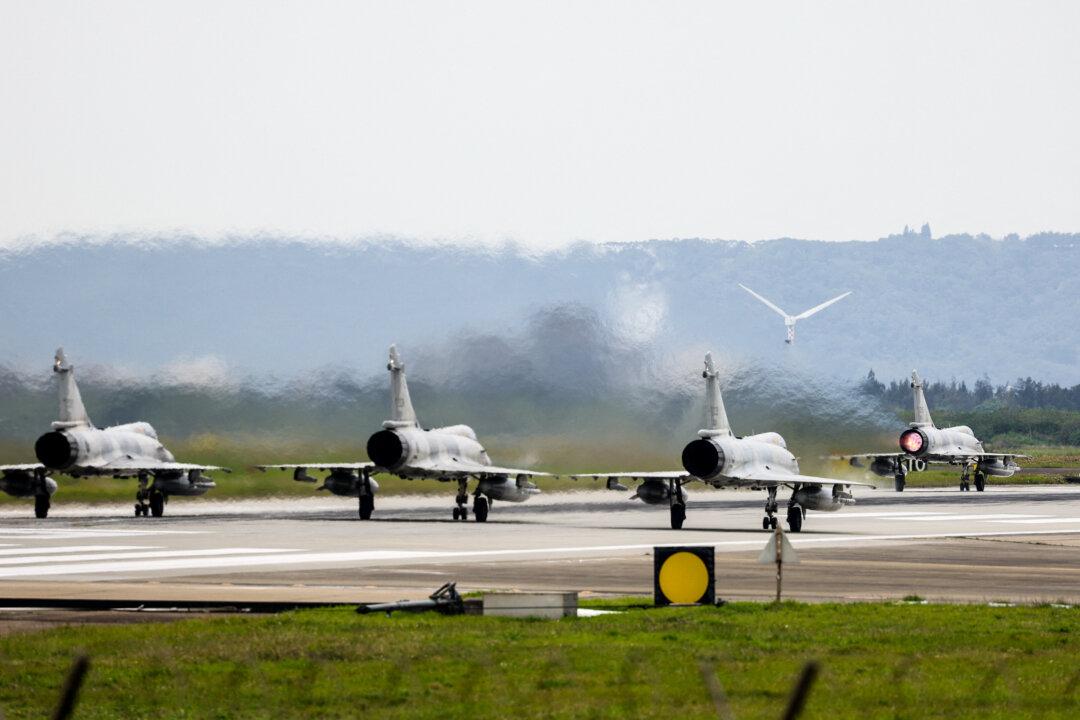Commentary
China’s Ministry of National Defense announced on Feb. 10 the withdrawal of troops from the Sino-Indian border. The next day, the Indian Defense Minister also confirmed the disengagement. It should be regarded as good news as China’s decision reduces the risk of military conflicts and maintains regional peace.





